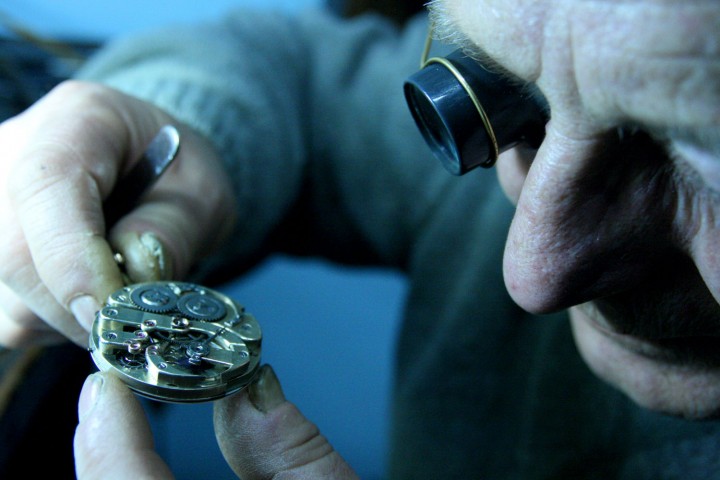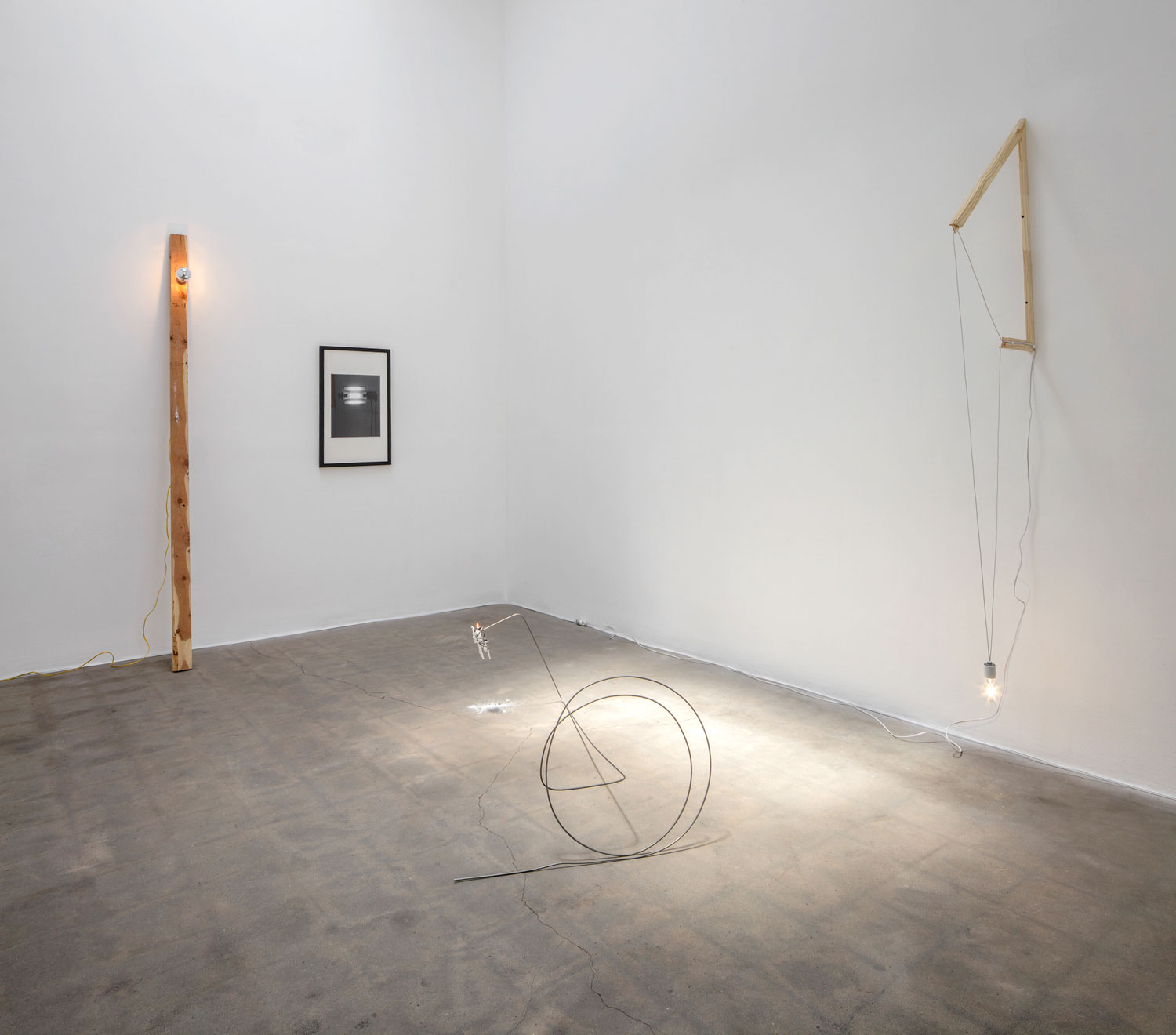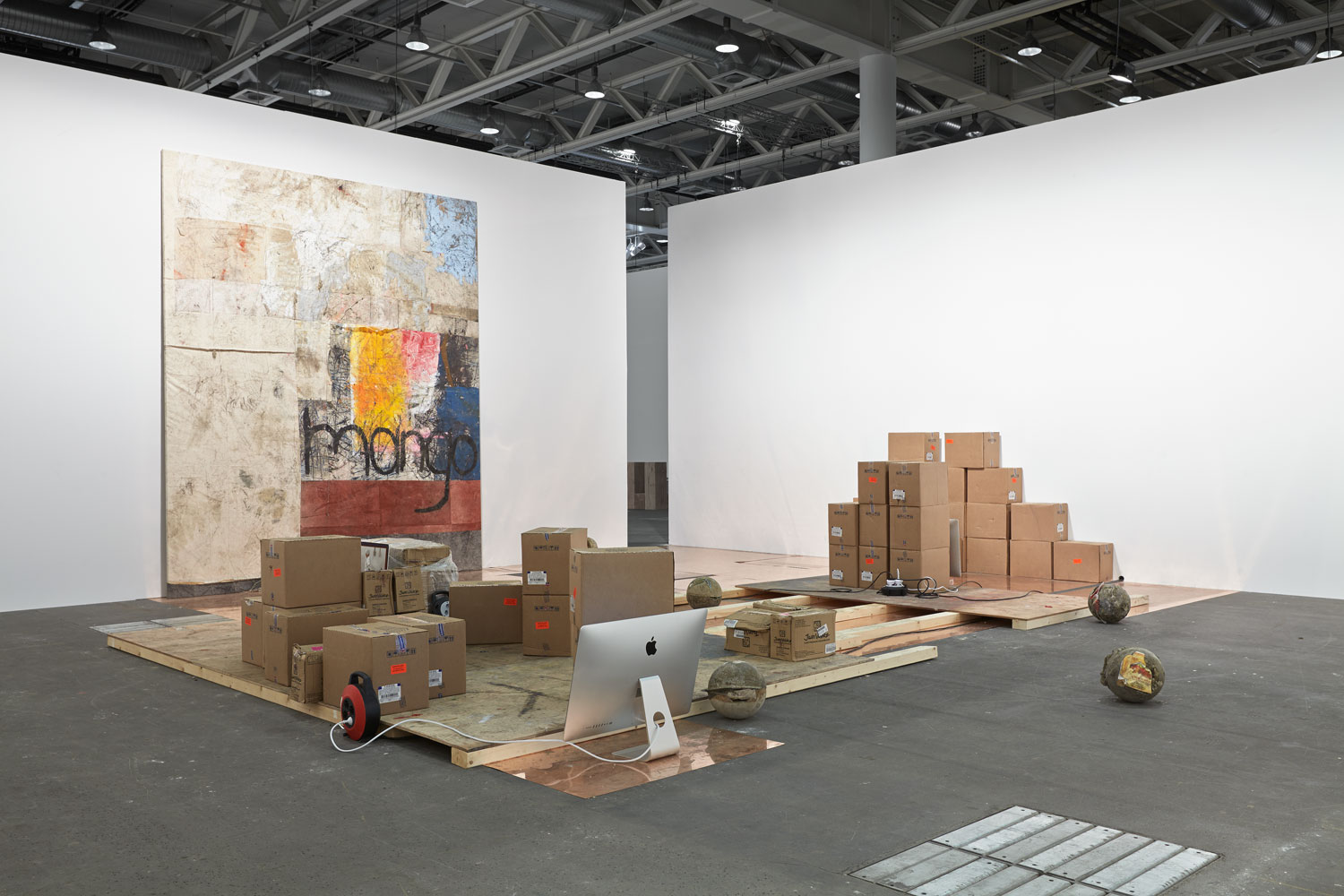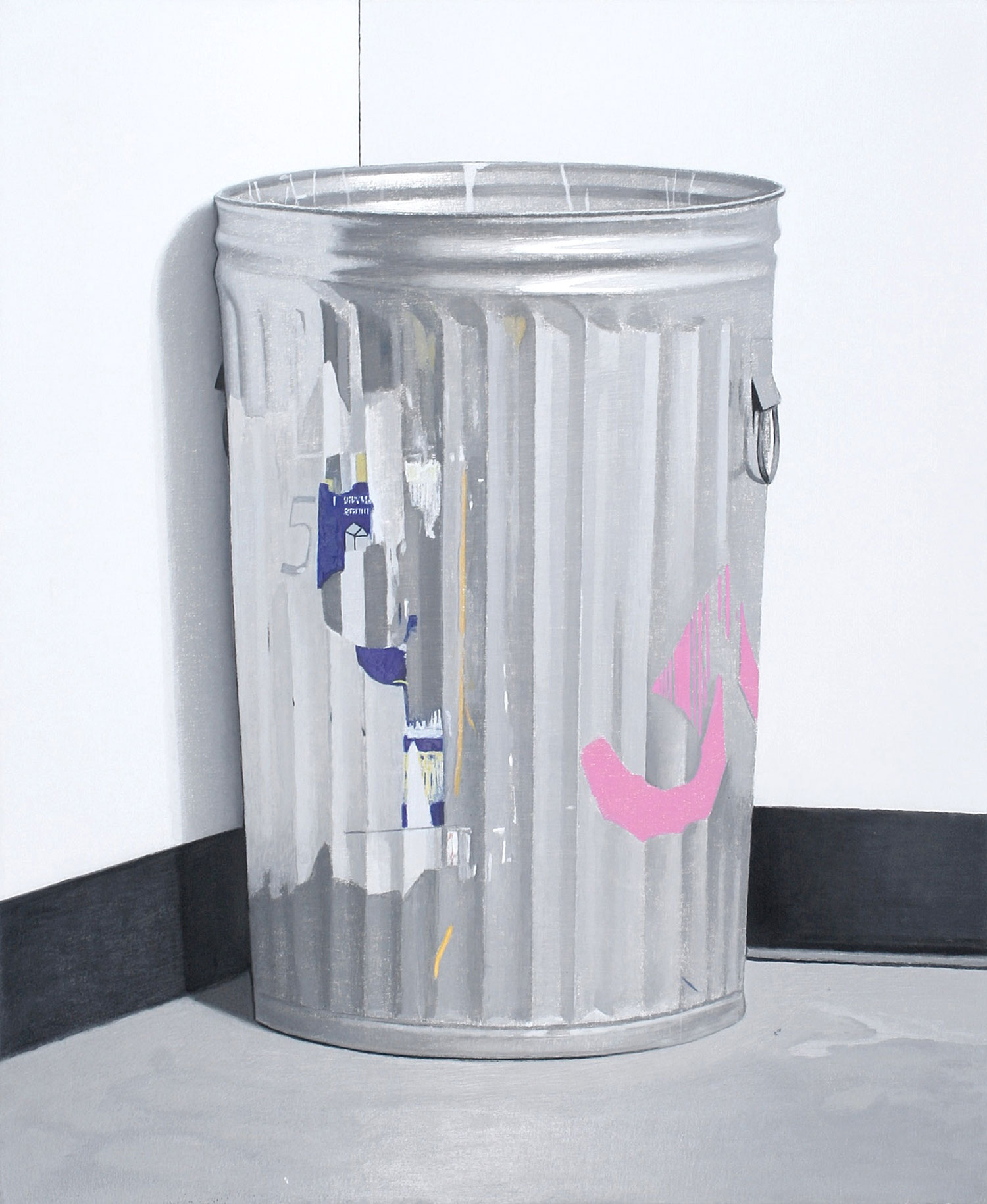
Fırat Arapoglu: One of the primary themes in your work is a sharp focus on the details of the individual at work. Can you talk about this?
Ali Kazma: In all my works, I am very interested in the point of contact between man and the world; how a man touches the world and, of course, how the world touches back. This circular interaction is where I focus my camera the most. Man touches the world with intent through his hands. I am fascinated by this marvelous tool/organ, and that is why hands are so prominent in my videos.
FA: In works like Clock Master (2006), Rolling Mills (2007), Dance Company (2009) and Dancer (2009), and continuing in the new work for Venice, we see an approach that seems very natural and spontaneous. I am curious about your interactions with the people you shoot. They are from all walks of life. How does this work?
AK: I think that this “naturalness” is very closely related to the methods I employ. My work is only possible in the medium of video. That is, these works could not have been realized in film, for example. I always go to the location alone: factories, workshops, slaughterhouses, operating rooms, etc. I only take my camera with me — no props or lighting. No assistants. If a part of the location is dark, I simply don’t shoot there. I rarely speak to the people I work with during shooting and I discourage them from talking to me.
Work is a very intimate thing. One has to approach it with the utmost respect and care. Over the years, I’ve developed many techniques to avoid becoming the elephant in a china shop! I try to disappear, or rather to become a kind of a static fixture while shooting. The person working has to forget about you if you want to capture the authentic relationship between work and man. So, I try never to place my body in their direct line of vision; I always shoot from side angles. I go a little bit to the right, bend a little to make my body smaller or less visible. Hasty, sudden moves break the natural rhythm of work. Even at the expense of missing an important moment, I will not move hastily. When you act quickly to catch a moment, you destroy it and the many other moments to come.
The subject, his or her work, my camera and myself: this is my happy medium. Using cameras has become a natural part of my life. I worked as a director of cinematography in New York for independent films. I used film cameras, 35mm, 16 mm and super 16, not to mention pretty much all types of video cameras. I cannot remember how many thousands of hours of footage I shot. The camera has slowly become a part of me. This is also why I don’t change my camera frequently. I use my cameras for many years, until they break down or become obsolete. Your body really has to find a way to move in harmony with the camera. That is why I always take my own camera to locations. My camera bag has bloodstains on it from the slaughterhouse and paint from the painter. I trust my camera. I know everything about it.

FA: You do not seem to be interested in the latest software or the most advanced camera technology.
AK: I might be the last video artist to switch to HD. Just last year! Working with my body is very important for me, physically and philosophically. I have to see with my own eyes; I have to carry the camera in my own hands; I have to get tired — to the point of exhaustion sometimes. Being present in the space, with all my senses fired-up, is necessary for the making of the work. After shooting, I love to be alone with the footage, to watch it again and again, to imagine and work toward a complete work — the sound, the editing, taking out the unnecessary and leaving the essential. Each time I feel I’m getting more competent in the work. I always put in long hours. I think that there is no shortcut for being good in any work.
A good architect, a good author, a good dancer should always put in the hours. Just as a good author has to write or think about writing continuously, a good video artist has to shoot or think about shooting a lot, has to think about editing and sound and pace and rhythm… There are no shortcuts; I do not expect a sharp, sudden development in myself or in any artist from one work to the next. Thank God there is no end to learning. In general, it is an intensely humbling experience. I guess I have been talking about the qualities of the craftsman here.
FA: It was in 2010 when I first came across an installation called Time Codes (2009) in Istanbul. There was a wall that was completely filled with numerical notes obtained from the sequences of the videos on show. Will you continue to make and show such works? Do you think about producing photo- or object-based works?
AK: Actually, photography has always been in my life. I have been continuously producing photographs for many years, but I don’t exhibit them so much. I think I will do it more in the future. I think the kinds of photographs I make now communicate with my other works in a relevant way. About Time Codes, indeed, I thought a lot about whether to include the work in the exhibition. There are many numbers in my notebooks that I use for editing. You know, they are time codes. They are what we use to locate a scene on a tape — a kind of an address.
Say I have new footage, for example for Dancer, which was some of the longest footage I’ve ever shot — approximately 17 hours. While you watch this footage for hours and hours, you note the moments that seem important and possibly usable. All editors develop their own system. I write down the time codes as I watch the footage, and if I consider it to be very good, then I underline it. For the exceptional ones, I underline the code with two lines. So then here comes this exquisite moment, for which even two lines would not do justice. So then you invent something new and put down a “P” for perfect. Then according to other necessities other marks are invented. It gets extremely complicated. I have these notebooks full of numbers and strange marks, like the notebooks of a madman. I included this work in order to draw parallels between my methods and those in the video — to peek into the intimate life of the work.

FA: How do you choose your themes and subjects?
AK: Learning how to live is my unifying motivation for everything I do. And producing works of art is the fundamental piece in this. Within this context and through my work, I am throwing myself into the world and exploring the possibilities of existence for man today. What are his possibilities of contact with the world, his reference points and the potential for an authentic experience? I am concerned very much about these issues. This is a mysterious and open-ended process for me. In my thirties, I thought I was more clear. I would go somewhere, for example to a blue jeans factory, and spend a week there to get what I needed. Almost like a hunter, as Gilles Deleuze would say. I go in, I take what I need and then I leave. In those days, I was more likely to think that when I made a work about a subject I owned it. But now I know that there is an exchange when you go into a space. You take something from it, but it also takes something from you. I am sure of it.
As you think of the world, the world thinks of you. Time, death, change, material, the pace of the world, the body of man. These are all my concerns. How should I live my own life? This is the burning question. And what I am explaining is my method of working on this question. I choose my themes and subjects within this context. Of course there is timing and rhythm involved in the choices. But the choices themselves are never arbitrary. Not to be affected by history or your immediate surroundings, such as the Gezi Park Resistance in Istanbul, is of course out of the question. But it does not change the basic underlying question: How should one live?





